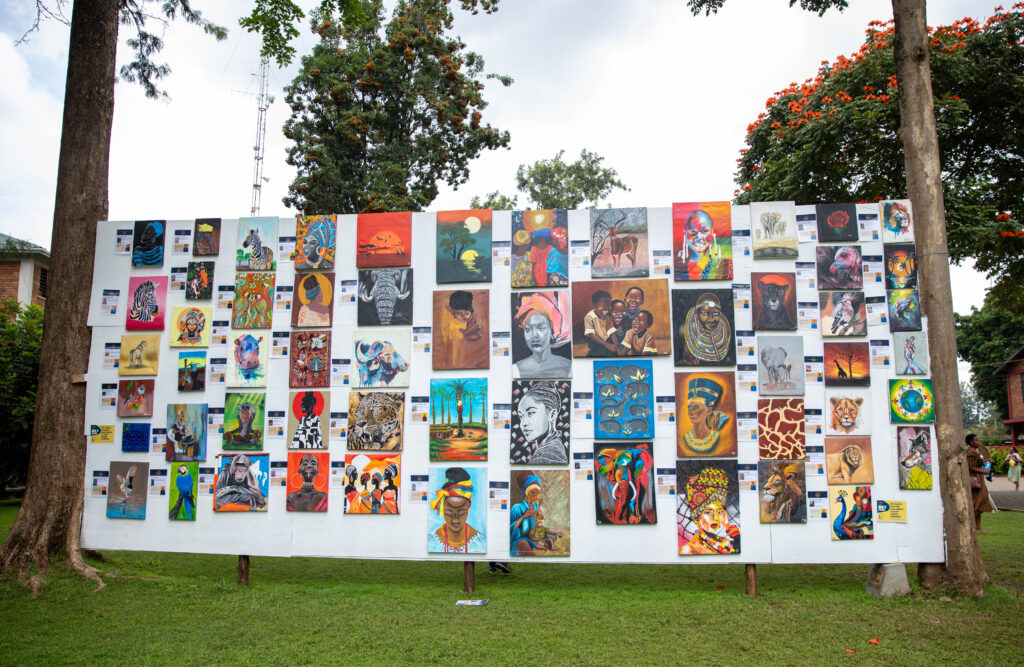
The lights sparkled, the drinks flowed, and the air buzzed with creativity as St Jude’s Sisia Campus came alive last month for its first-ever Art Exhibition and Gala, designed to spotlight budding artists and support the growth of the Student Art Program.
Themed Transforming Lives Through Art, the two-part event kicked off with a vibrant family fun day, featuring live painting, food vendors, face painting, sip and paint, and children’s activities. As evening fell, the campus transformed into an elegant outdoor gala, welcoming guests in style to an unforgettable night of live entertainment, a gourmet three-course meal, and an auction of student artworks.
Jane, Experience and Community Programs Senior Manager at The School of St Jude, says the event offered a meaningful way for the local community to engage with the school’s mission while showcasing the Student Art Program’s role in fostering creativity, confidence, and self-expression.
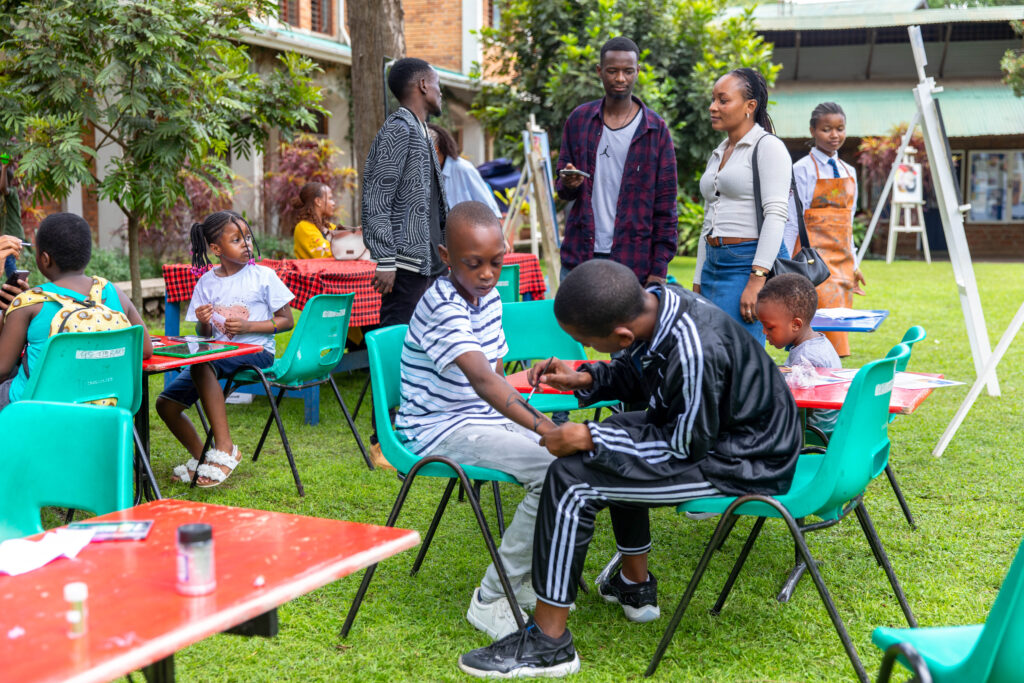
“The Art Exhibition and Gala offered the local community the unique opportunity to interact directly with our students, learn about their artistic journeys, and see the impact of our Student Art Program firsthand,” says Jane.
“For many students, this was their first time exhibiting and selling their work, so it was a huge milestone. Watching them talk about their pieces with guests was incredibly special. These interactions boosted their confidence and helped attendees to understand the stories behind the artworks, and connect on a deeper level.”
Among the young talent featured was Denis, a Form 4 graduate who exhibited a total of 24 pieces, three of which were sold during the event. He also assisted with the exhibition setup, learning how to hang pieces, position easels, and curate a professional display - an invaluable experience for an aspiring professional artist.
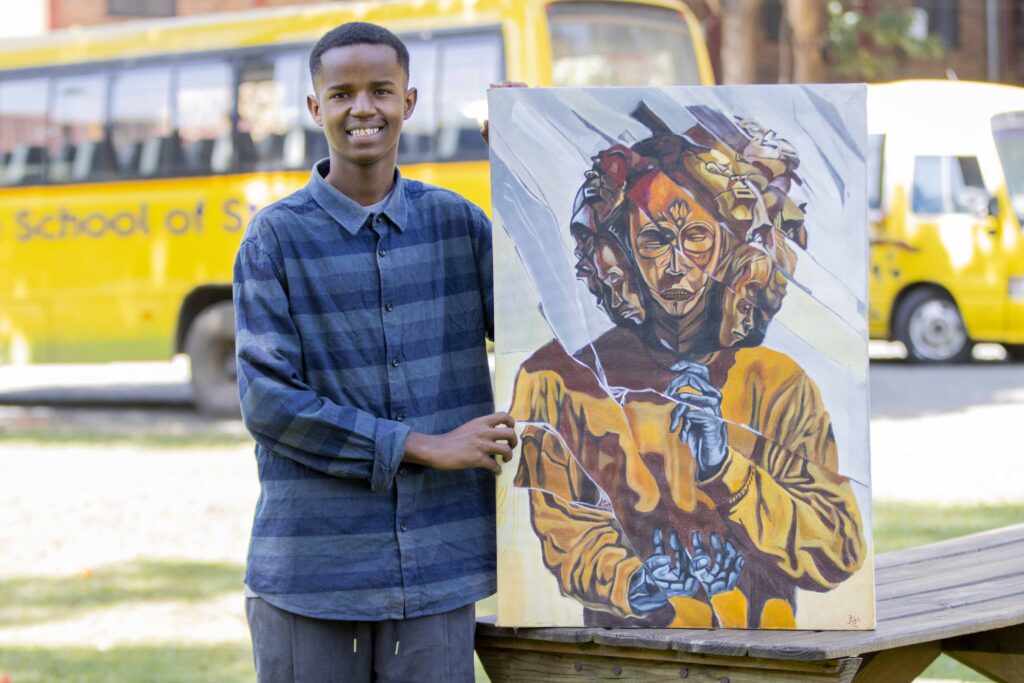
“I’ve been sketching since primary school. But when I started Form 1, that’s when St Jude’s launched the Student Art Program. That’s when I got to try acrylics and paint on canvas. It really changed everything for me,” shares Denis.
“I am happy that people appreciate my work. My dream is to have my own gallery and studio one day, so I also loved seeing the event come together from behind-the-scenes.”
Each student receives a 10% commission from their original artwork sale, with the remaining 90% reinvested back into the Student Art Program to provide quality materials, resources, and creative opportunities. As for Denis, he used part of his earnings to purchase new art supplies, put some away in savings, and shared the remainder with his family.
“When I’m doing art, I feel like I’m in another universe. Being able to share my work with others and knowing they love it is a very good feeling. I hope to sell more pieces in the future,” he adds.
Thanks to the event’s success, Jane is confident it will open the door for many more art exhibitions in the future.
“Events like this play a big part in supporting and developing the skills of our student artists, while giving supporters the opportunity to have a little piece of St Jude’s in their own home,” says Jane.
“We’re excited to keep creating opportunities where our students can grow, express themselves, and shine, and with so much talent at St Jude’s, we’re just getting started.”
It’s no secret that the Annual Science Day has become a launchpad for the next generation of innovators, and this year’s event was no exception! Now in its 15th year, the day brought together students to present both individual and group projects that not only highlighted their expertise in science, ICT, and maths, but also provided creative solutions to some of today’s most pressing global challenges.
With nearly half the student body participating, many focused on pioneering renewable energy solutions like solar power and biogas, pushing us closer to a sustainable future.
Take a closer look at the remarkable projects from this year’s Science Day and see how these young innovators are shaping the world of tomorrow.
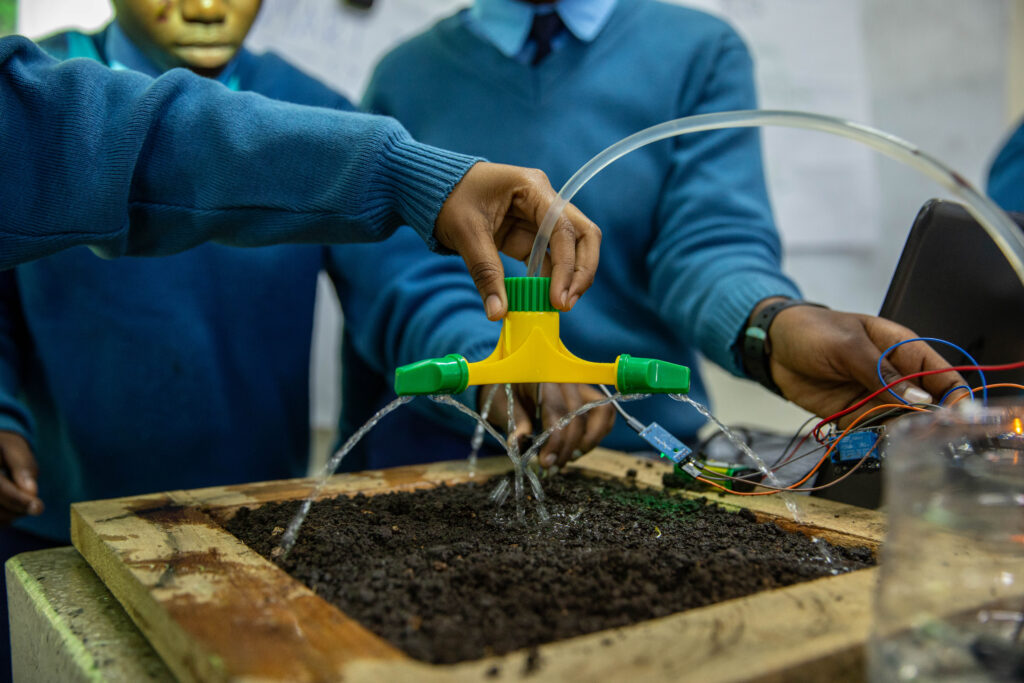
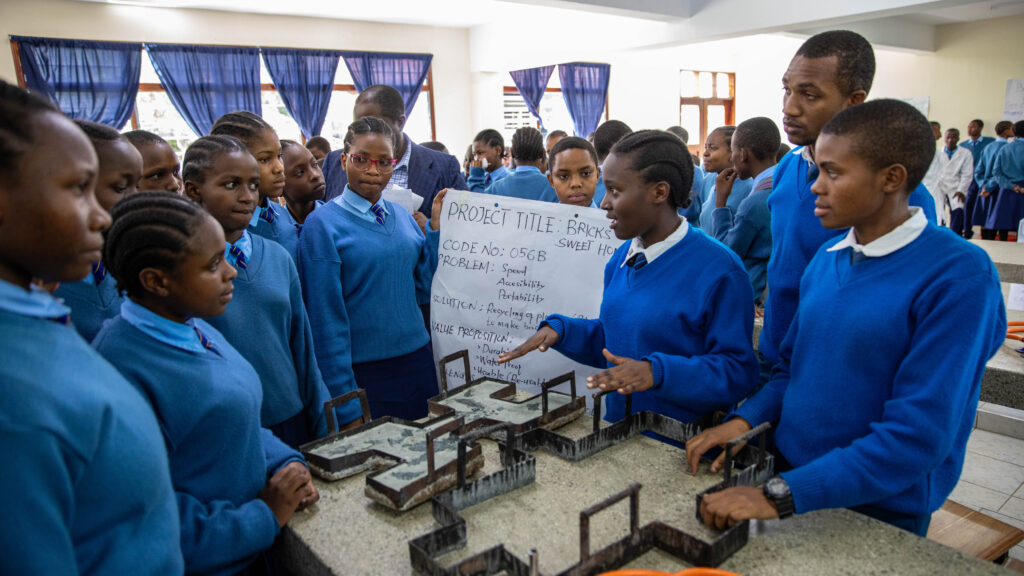
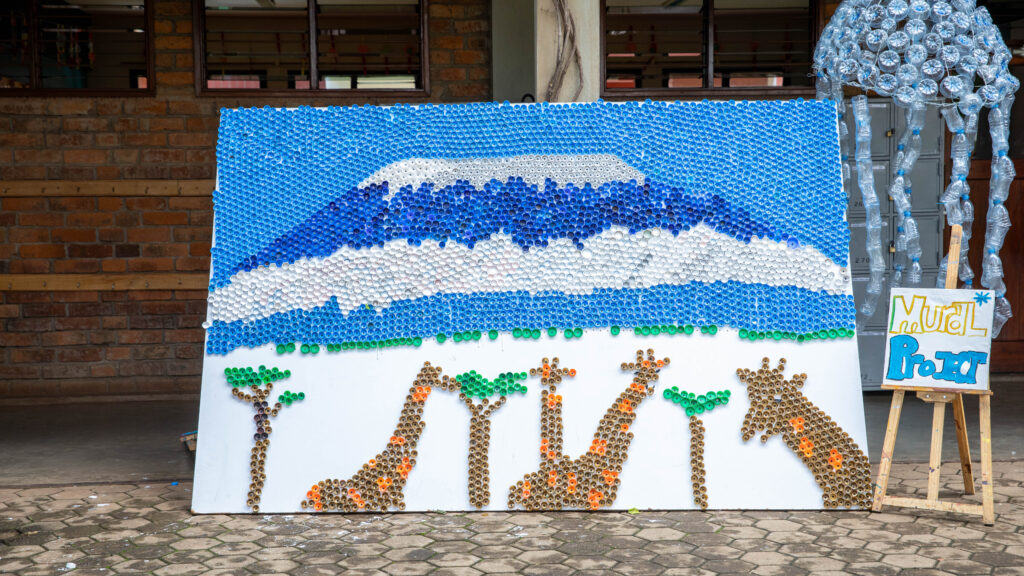
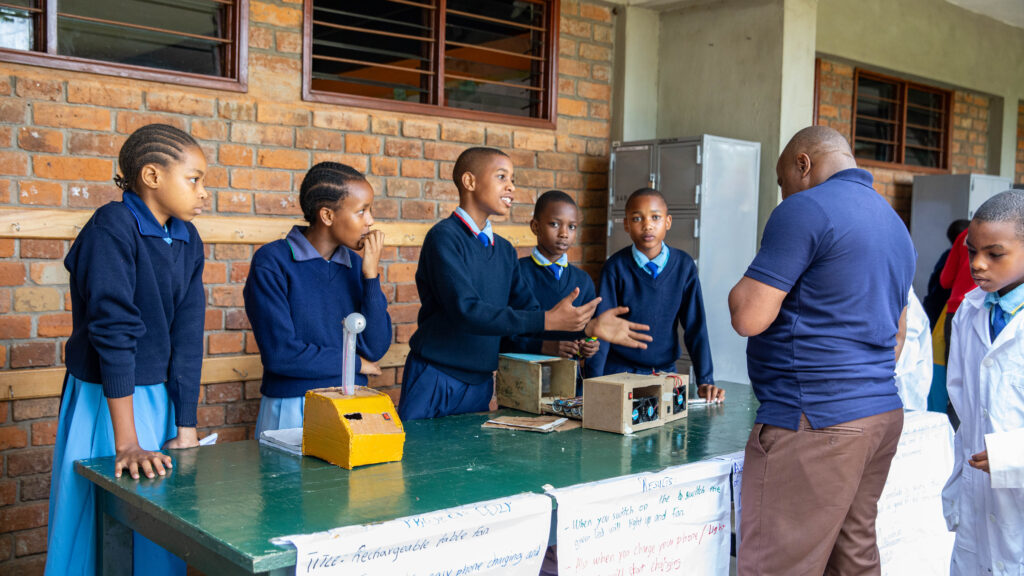
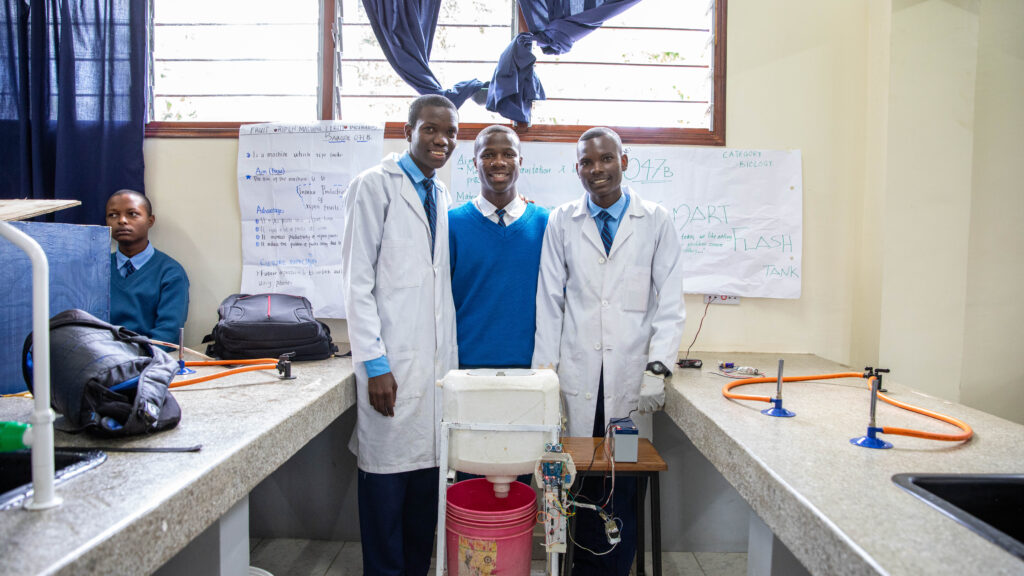


At St Jude’s, we know that good nutrition and health are the foundation for student success. Every day, 1,800 students and 300+ staff receive hot, nutritious meals that fuel their learning and overall wellbeing. But what does it take to keep everyone well-fed and healthy? Let’s take a closer look.
1 million meals a year
Each week, St Jude’s serves an incredible 32,000 hot meals—adding up to more than 1 million meals annually! Our dedicated kitchen team works tirelessly to prepare hearty, nutritious meals using staples such as beans, rice, maize flour, fruits and vegetables. To ensure every student receives a balanced diet, the school invests nearly AU$11,000 weekly in high-quality food. Students requiring special diets are catered for too.
Fresh, local, and nutritious
Good nutrition goes beyond filling plates. St Jude’s prioritises quality by sourcing more than 15,000kg of fresh fruits and vegetables monthly from trusted local suppliers. These nutrient-rich foods give students the vitamins and minerals they need to stay healthy, focused, and energised.
More than just meals: a holistic approach to student health
At St Jude’s, student health is as important as academic excellence. That’s why we take a comprehensive approach to wellbeing through:
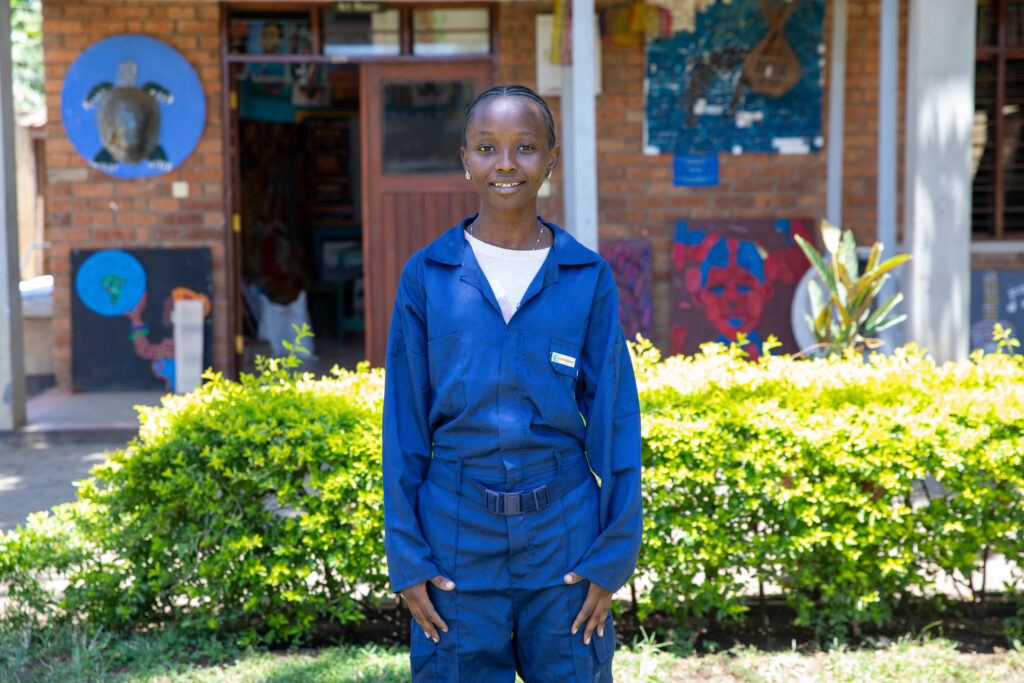
At St Jude’s, Form 4 graduates have the opportunity participate in a Community Service Semester (CSS) as a way to give back for the education they’ve received. For Fadhila, who completed her O Levels last year, choosing to serve as an art teacher in the Girls’ Secondary School art room at St Jude’s was an easy decision. With a flair for all things creative, she reflects on how the school nurtured her talent and helped her grow as an artist.
I joined St Jude's in 2014 and graduated from Form 4 in 2024. I appreciate the support the students receive from teachers and how they help us grow our talents.
I was drawn to art because it allows for creativity, and I find it really enjoyable to create. My art teacher, Mr Kephas, has been a huge source of support and inspiration for me. Plus, one of my siblings is also an artist!
I stay creative by working on many different art projects and constantly coming up with new ideas.
St Jude's supports my skills and talent by providing an excellent teacher, quality materials, and a lot of encouragement. Some of my proudest moments include finishing a difficult artwork that turns out beautiful and having my artwork sell out.
I would love to have my own art workshop where I can help support aspiring artists. I would also love to become a famous fashion designer and artist. I love all things creative!
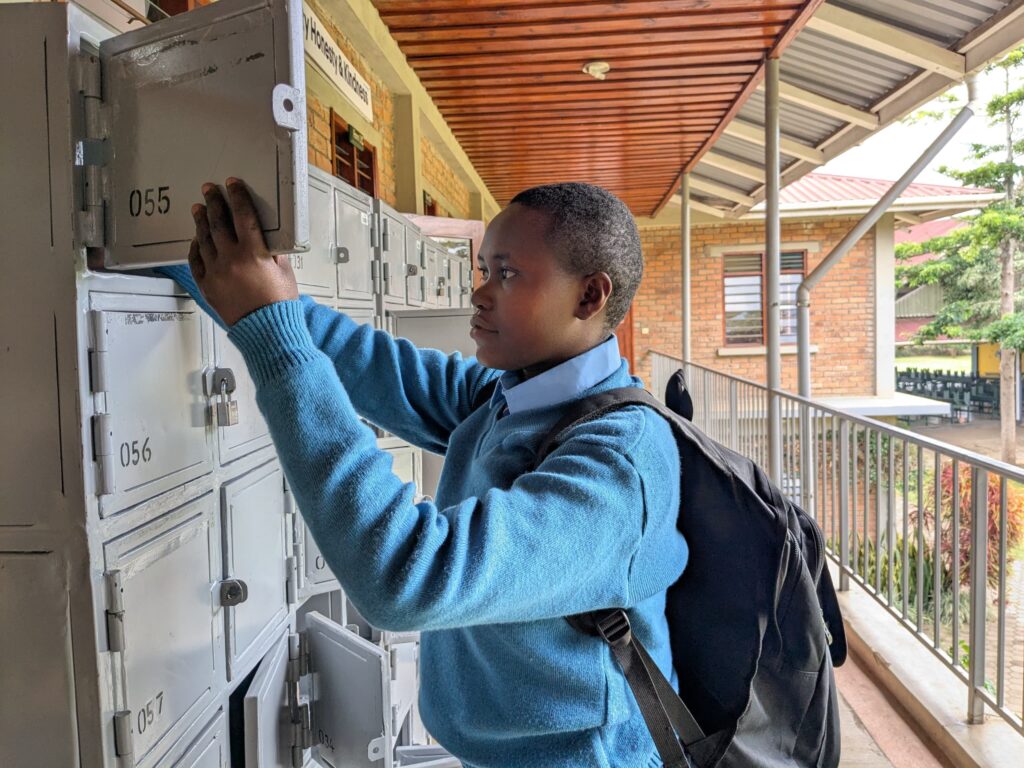
Before joining St Jude’s, 14-year-old Agripina’s day used to start at the crack of dawn. First, she checks on her elderly grandmother, cleans around the house, and tends to livestock. Afterward, she prepares her younger sister, and the pair would begin the 30-minute walk to school, often arriving early enough for Agripina to squeeze in about an hour of personal study before class.
"I have always maintained a strict daily schedule to balance my studies and chores at home," explains Agripina, one of the new students at St Jude's. "There was hardly enough time in the day to do everything so I had to get creative with my time," she adds.
For example, after school, Agripina stays a few more hours for personal studies and dedicates her free time on weekends to group discussions and additional studies. To make the most of her long commute, she would discuss lessons with schoolmates along the way. Her discipline, consistency, and hard work paid off as Agripina maintained the top position in her class throughout her primary school education.
In Tanzania, primary education is the first seven years of school, from Standard 1 to 7. At the end of Standard 7, students sit for a series of standardised national exams. Those who pass may be eligible to attend government school to continue with secondary education.
"If I made it to secondary school, I’d be the first in my family to do so," says Agripina. "But first, I had to pass the national examinations," she adds.
Agripina doubled down on her already tight schedule in preparation for her national exams, dedicating every moment of her free time to her studies. She would study by the fire while preparing family dinner, stay up late, and organise a small discussion group with classmates from the same neighbourhood. Her efforts eventually paid off, and Agripina passed her national examinations with remarkable results.
However, passing the Standard 7 national examination doesn't necessarily guarantee a spot in secondary school.
“Passing my Standard 7 exams was only the first step,” explains Agripina. “Next, I had to hope and wait for the government to allocate me to a school. This part is tricky because it’s completely out of my control,” she adds.
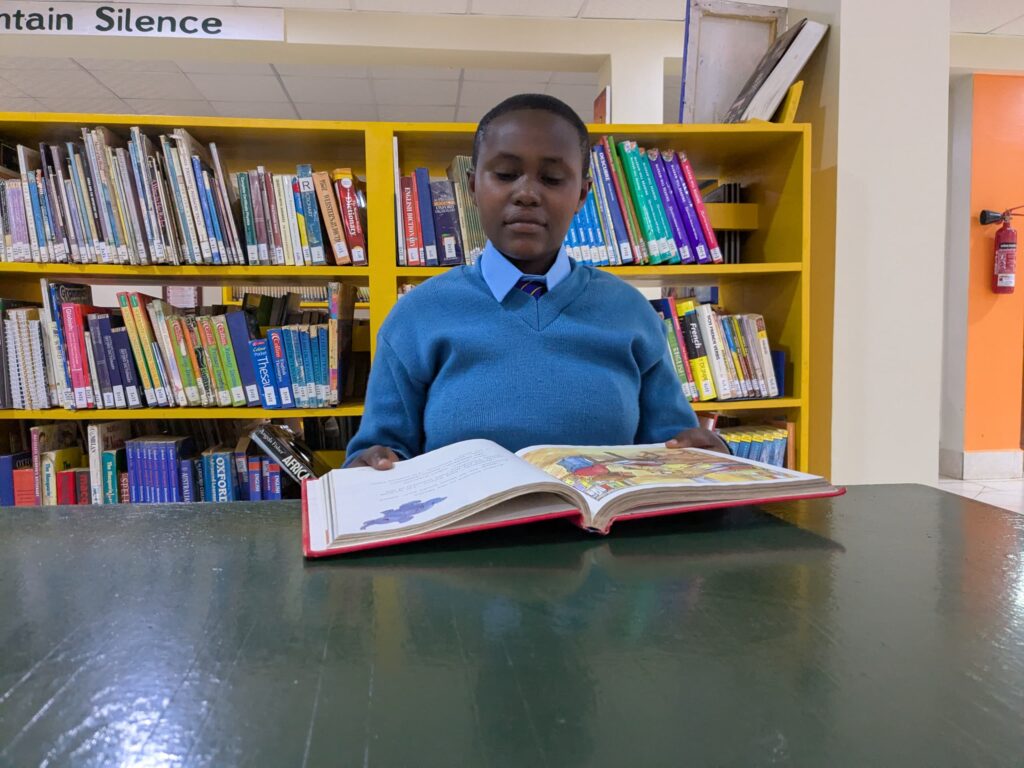
In Tanzania, government schools provide the most affordable education; they don’t charge school fees, but parents are expected to contribute to food, transport, stationery, uniforms, and other costs. Unfortunately, there aren’t enough secondary schools in Tanzania to match the growing number of primary school graduates. National data indicates only one secondary school for every four primary schools. It’s not uncommon for students to miss out on secondary education despite passing their exams due to the limited spots/places available.
Furthermore, secondary schools are often located far from students’ homes, making access even more challenging.
“I knew plenty of students, especially girls, who passed their exams but still didn’t make it to secondary school,” recalls Agripina. “It was scary to think that I could potentially end up in the same spot,” she adds.
Luckily for Agripina, she didn’t have to wait for the government's allocation. Her remarkable results caught the attention of St Jude’s, which promptly sent her an invitation to apply for a scholarship. In no time, she was on her way to one of St Jude’s centres to try her luck.
“It was quite an experience. There were so many students with their parents and guardians. St Jude’s took care of everything—transportation, food, and accommodation—since we had to spend the night and start the application process the following morning," she shares.
Agripina went through academic testing and excelled in all of them. Next came a pre-house check and document screening to determine her eligibility for the next steps. The last phase was a home visit by
St Jude’s staff for poverty assessment to determine whether the student’s family meets the school's scholarship criteria. This thorough process ensures that the most deserving students with exceptional academic potential make it through the scholarship program.
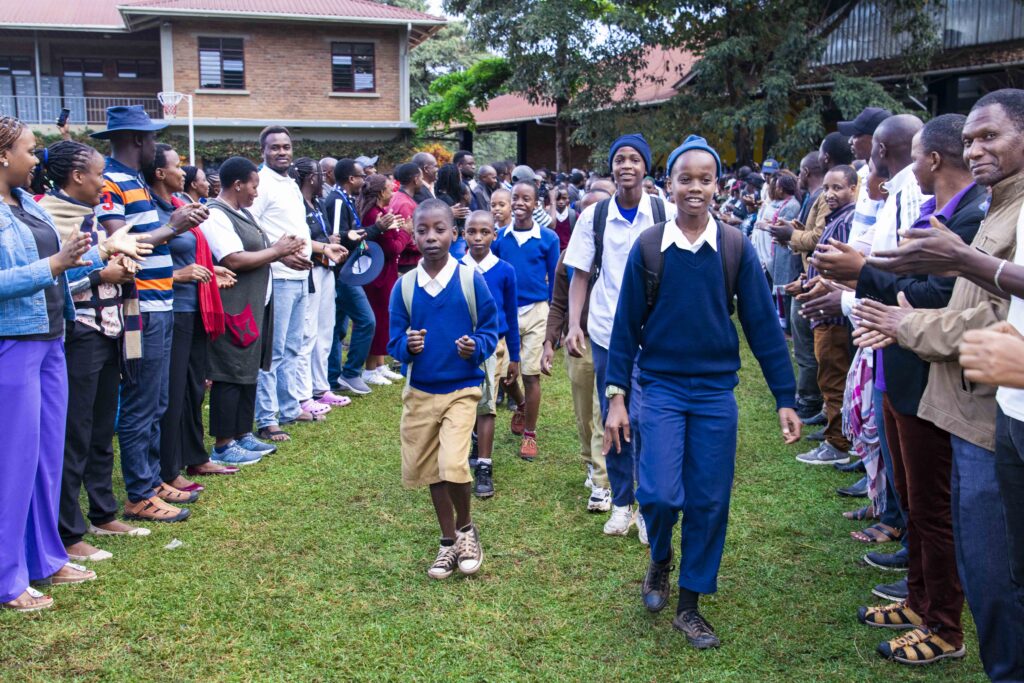
Out of over 2,000 students who applied for a scholarship at St Jude’s, Agripina was one of the 194 who eventually made it to the end.
“Joining St Jude’s makes all my hard work worth it,” she reflects. “I’ve only been here a few days, but I already love the school, the teachers, and my fellow students,” she adds happily.
Agripina aspires to become a doctor. Fittingly, she has joined St Jude’s Secondary Girls’ School, which boasts well-equipped science laboratories, excellent sports and academic programs, and a thriving science culture. With her discipline, determination, and access to St Jude’s resources, there’s no doubt she’ll achieve her dreams.

In Tanzania, the academic year for primary school runs parallel to the calendar year, starting in January and ending in December. Students enjoy a month-long holiday at the end of the year and return in January to begin a new academic year.
Primary education in Tanzania is the first seven years of school; starting in Standard 1, students graduate from primary school in Standard 7.
The first few weeks of January are usually filled with excitement as students transition to the next academic level and reunite with friends they haven’t seen in a while. We recently caught up with Grace, one of our primary school students, to hear about her recent holiday and her plans for the year ahead.
I enjoyed spending time with my family and playing with my friends.
When we visited my grandmother for Christmas, I met with my cousins and had lots of fun together! We also enjoyed delicious food and drinks.
Yes. I want to study hard so that I can become a soldier one day.
I helped my mum around the kitchen, and she showed me how to prepare some meals.